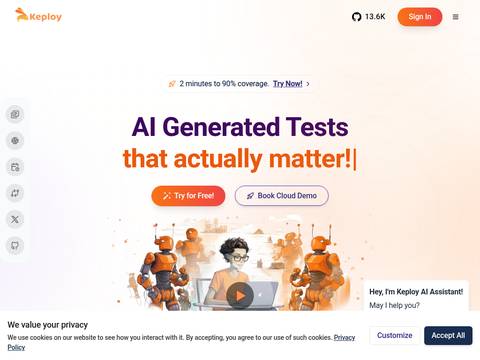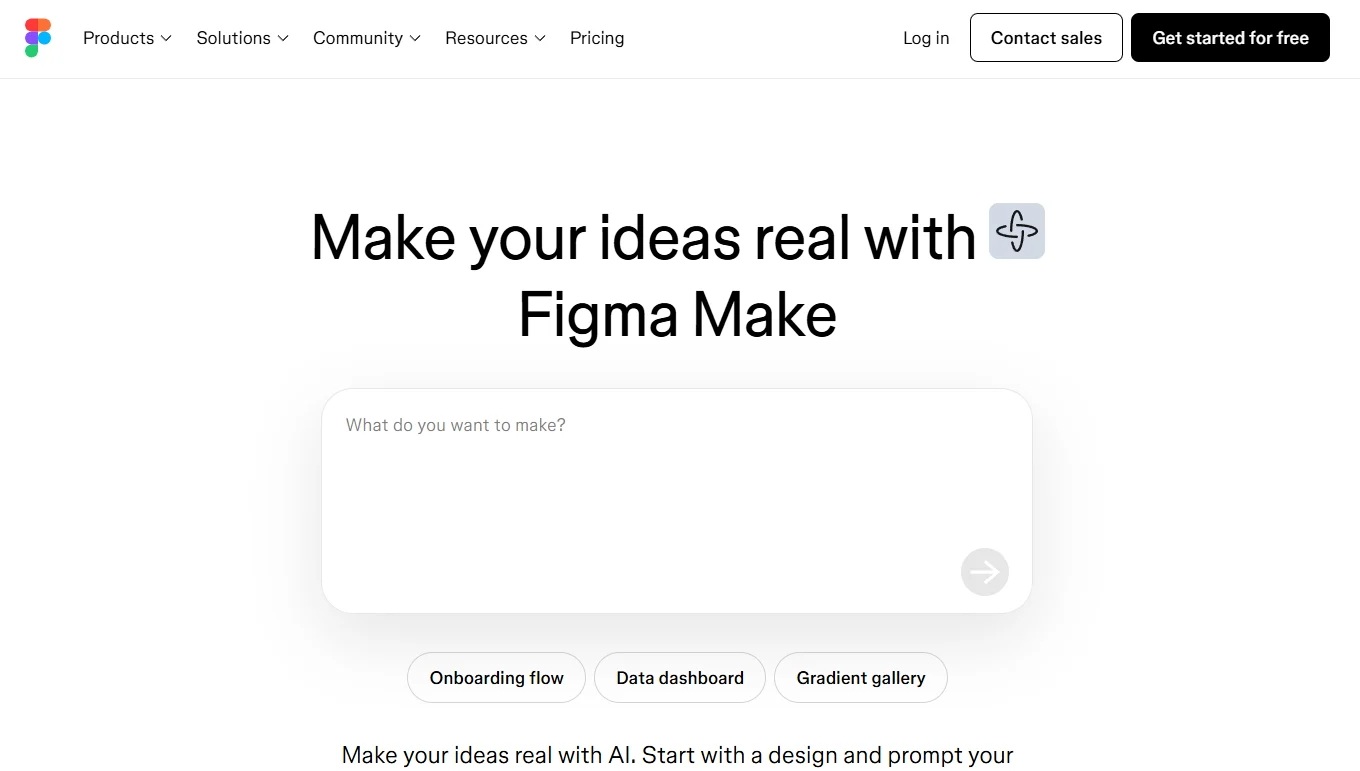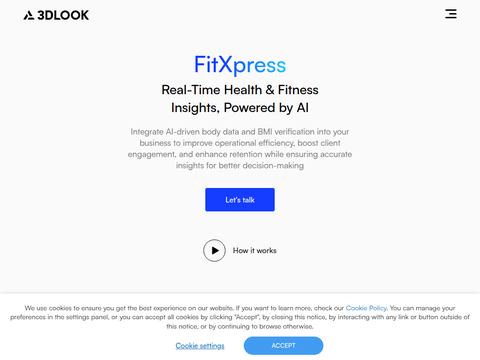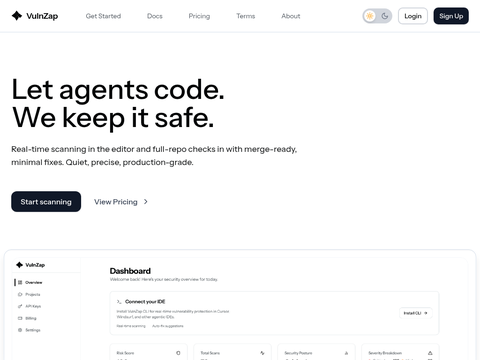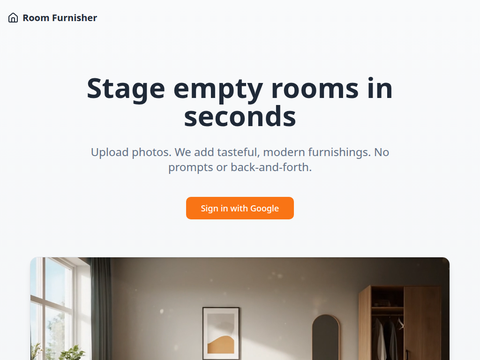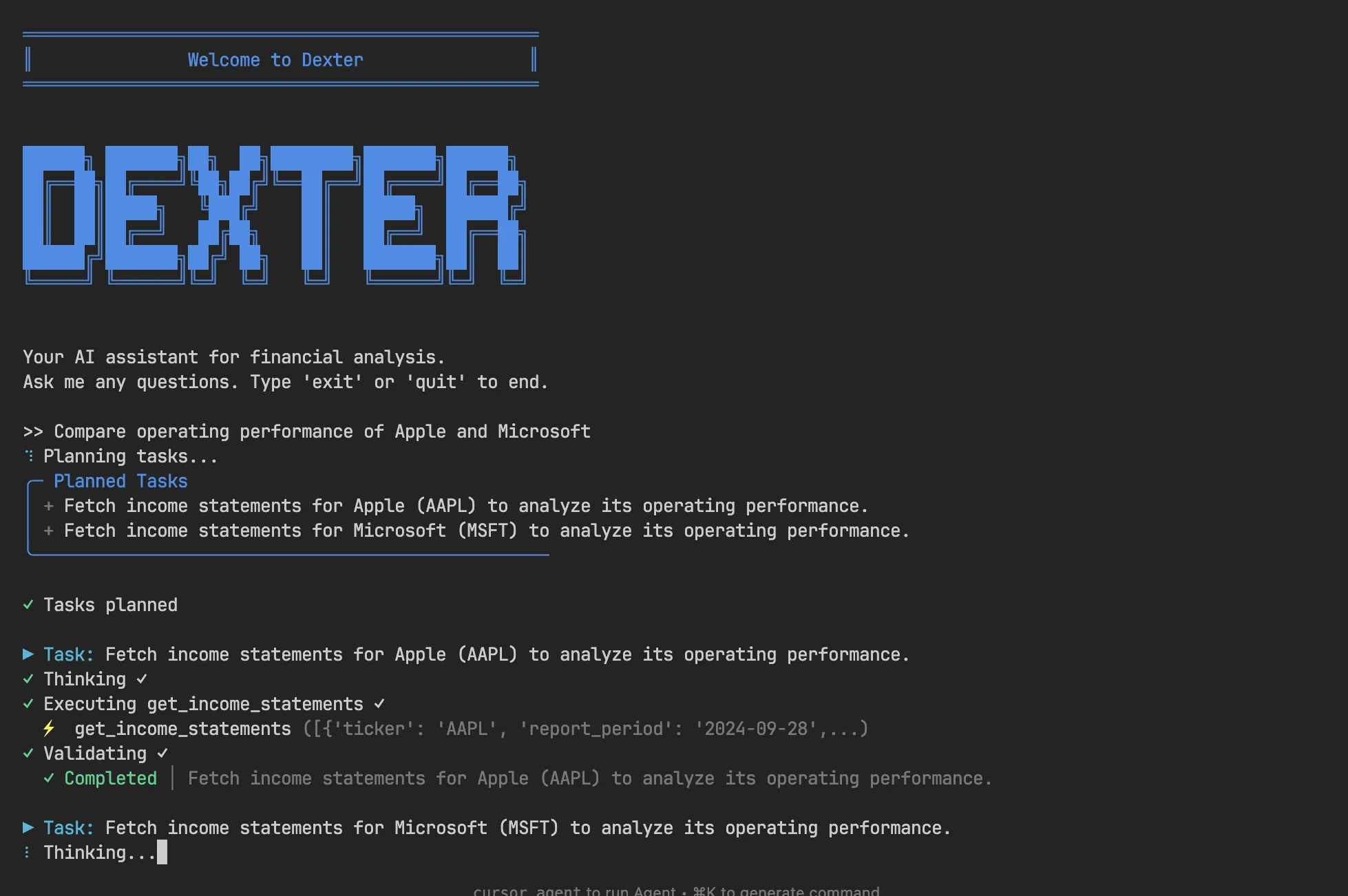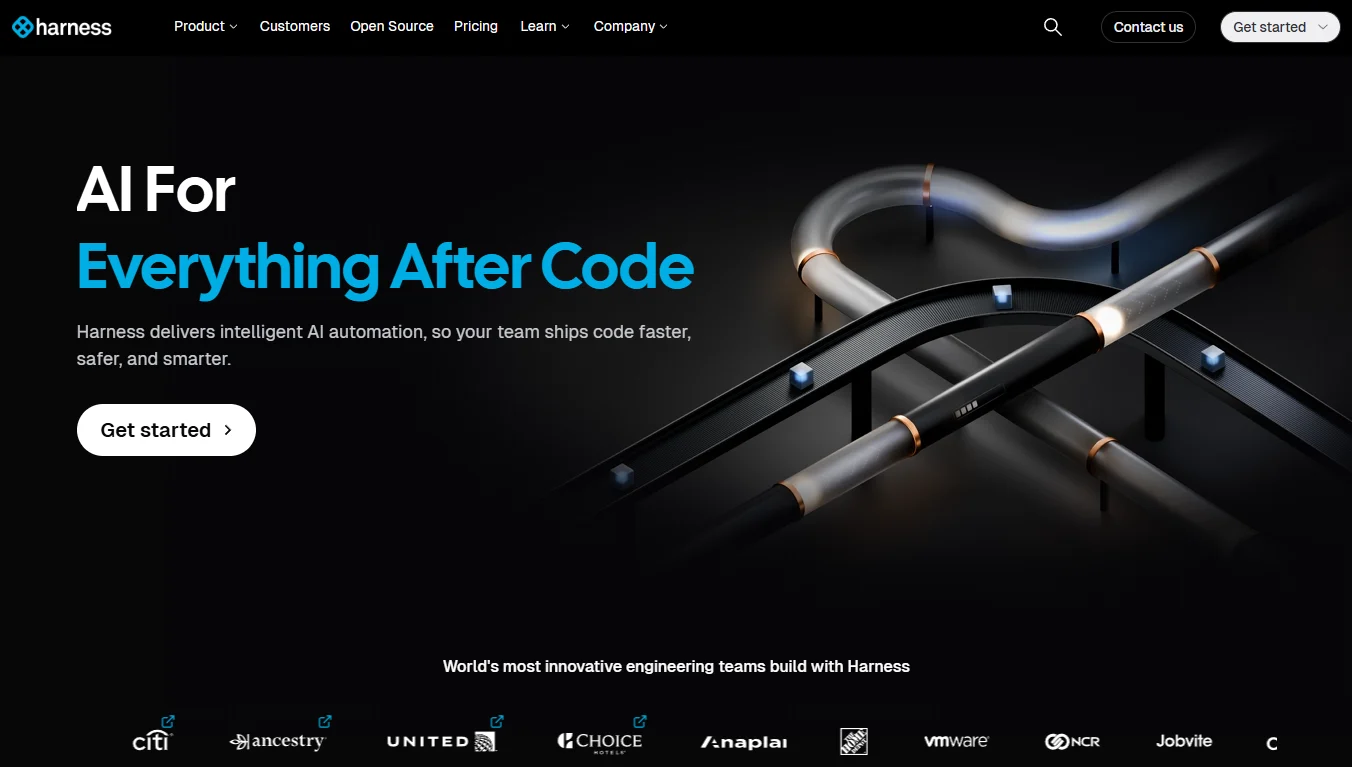Google's AI research tool NotebookLM has become more collaborative. You can now publicly share any notebook via a simple link – no login or permissions required.
Key Highlights:
- NotebookLM now supports public sharing through links
- Viewers can interact with AI-generated content such as FAQs and summaries
- Viewers have read-only access but can fully explore the content
- Easier distribution of study guides, project briefs, and more
NotebookLM initially started as an experimental tool in Google Labs – part note-taking app, part AI research assistant. It quietly built a small but loyal user base including students, researchers, and writers who appreciated its ability to synthesize long documents and generate summaries, FAQs, and even customized briefing documents. However, until now, sharing your work was cumbersome. You could invite people individually, but it wasn't suitable for large-scale use.
That changes today. Google has launched the public notebook feature, allowing you to share any NotebookLM notebook via link – just like Google Docs. Click the "Share" button, toggle the setting to "Anyone with the link," and your AI-powered research package becomes accessible to the world.
Viewers can ask questions in chat and explore any AI-generated content such as audio summaries or key takeaways. They simply cannot edit your original materials. This strikes a balance between maintaining ownership and enabling discovery.
For anyone creating study guides, team knowledge bases, or explanatory toolkits, this removes a significant barrier. Teachers can now share their carefully curated lesson summaries. Startups can send product manuals to customers. Nonprofits can publish donor briefing documents without needing to build a website.
For Google, this is a strategic move, especially as it seeks to demonstrate how generative AI can integrate into everyday productivity workflows. While NotebookLM hasn't received as much attention as Gemini or ChatGPT, it's arguably more practical in many ways. It doesn't just generate text – it helps people understand complex materials. And now, you can finally share that understanding with others.

